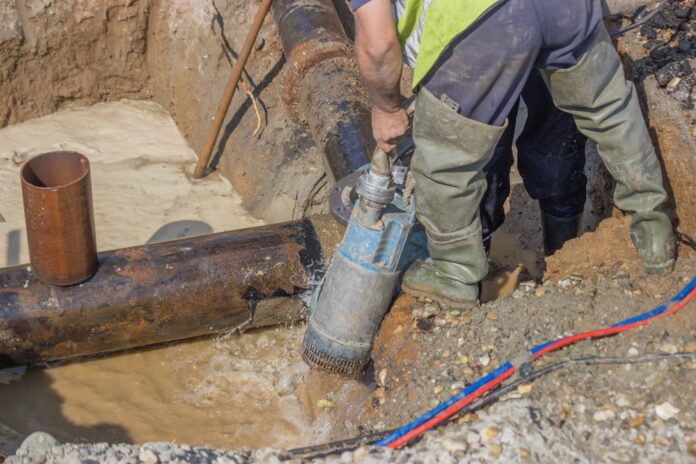Working on a construction site often brings many challenges, from long hours to unexpected weather events. But one of the most important things to understand about any construction project is how to dewater a construction site. Are you looking for an effective way to manage the water levels on your construction site? The process of dewatering is an excellent solution that can help to create a safe and efficient work environment.
Dewatering is a complex process and requires careful consideration, but it can be easy to get the job done correctly if you know Mastering Construction Site Dewatering Techniques. Knowing how to properly and effectively dewater your construction site can distinguish between success and failure. In this blog post, we’ll provide you with a comprehensive guide on effectively managing your construction site’s water levels through dewatering.
Step-by-Step Guide: Dewatering Your Construction Site
Dewatering is an essential process for any construction site, but it cannot be easy to understand the basics. That’s why we’ve compiled this comprehensive guide to help you know how to dewater a construction site and make the most of it.
Identifying Sources of Water on Your Site
Dewatering a construction site is essential in ensuring your project remains on track and is completed within the allocated budget. Water can be one of the most damaging elements to any construction project, leading to delays, additional costs, and even structural damage if not appropriately managed. To avoid these potential problems, it is essential to identify the water sources on your site and take preventative action. Possible water sources include heavy rain, ground-level seepage, drainage systems, or broken pipes. Once these have been identified, it is necessary to find a way to divert this unwanted water away from your construction project.
Planning for Dewatering Equipment (pumps, valves, hoses, and filters)
Once you have identified the sources of water on your site, it is essential to plan for the dewatering equipment that will be needed. This can include various components, such as pumps, valves, hoses, and filters. These pieces must be chosen carefully to ensure they can handle the particular conditions of your construction project and provide effective dewatering solutions. It is also essential to consider any additional safety measures that may need to be taken when dealing with this equipment. Proper planning will help make sure all necessary components are always available and ready for use when needed.
Use Submersible water
Submersible water pumps are the most popular and effective way to dewater a construction site. Submersible water pumps work by pumping out excess water from your construction site and into a holding tank or other body of water. They are usually placed in the deepest part of your site and can be set to turn on when levels reach a certain threshold automatically. A pump pumps out any excess water, which is sent away from the construction area.
Safety Measures When Dewatering
When it comes to dewatering a construction site, safety is always an important consideration. It is necessary to take all the proper precautions dealing with any equipment or machinery to ensure that everyone on site remains safe and protected. This includes wearing protective gear such as boots and gloves and taking other measures such as setting up barriers around the equipment and ensuring workers are aware of how to properly operate pumps and other related equipment. Keeping these safety tips in mind will help make sure your construction project runs smoothly from start to finish.
Benefits of Properly Dewatering a Construction Site
By properly dewatering a construction site, you can save both time and money in the long run. Properly managing water levels on your project will help reduce potential delays due to weather or other unforeseen circumstances. It can also minimize the risk of structural damage caused by excess moisture and prevent any additional costs associated with repairing this damage. Also, proper dewatering techniques can improve efficiency during construction by allowing workers to work more quickly without worrying about dealing with standing water at their worksites.
Critical Takeaways for Dewatering a Construction Site
Regarding removing excess water from a construction site, several key takeaways can be used in future projects. First and foremost, it is vital to identify the water sources on your project and plan for the necessary equipment needed for effective dewatering. Safety should always be a top priority when dealing with this machinery and equipment. Lastly, properly managing water levels can help save time and money in the long run by preventing potential delays and structural damage. Armed with these valuable tips, you’ll be fully prepared to orchestrate a seamless construction project that progresses flawlessly from inception to completion.
Final Thought
Dewatering a construction site is an essential step in any project and can help save both time and money in the long run. By following these tips and taking all necessary safety precautions, you can ensure your next project runs smoothly from start to finish.
